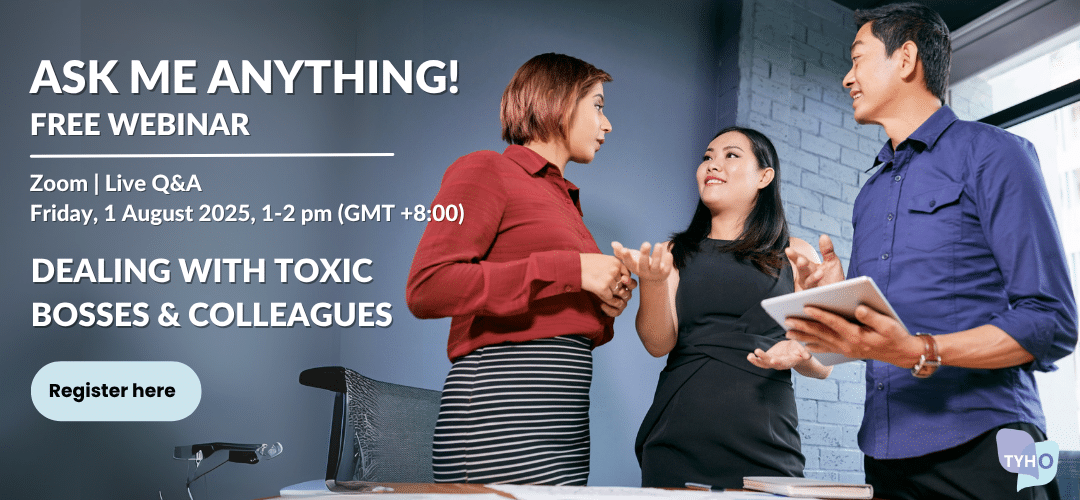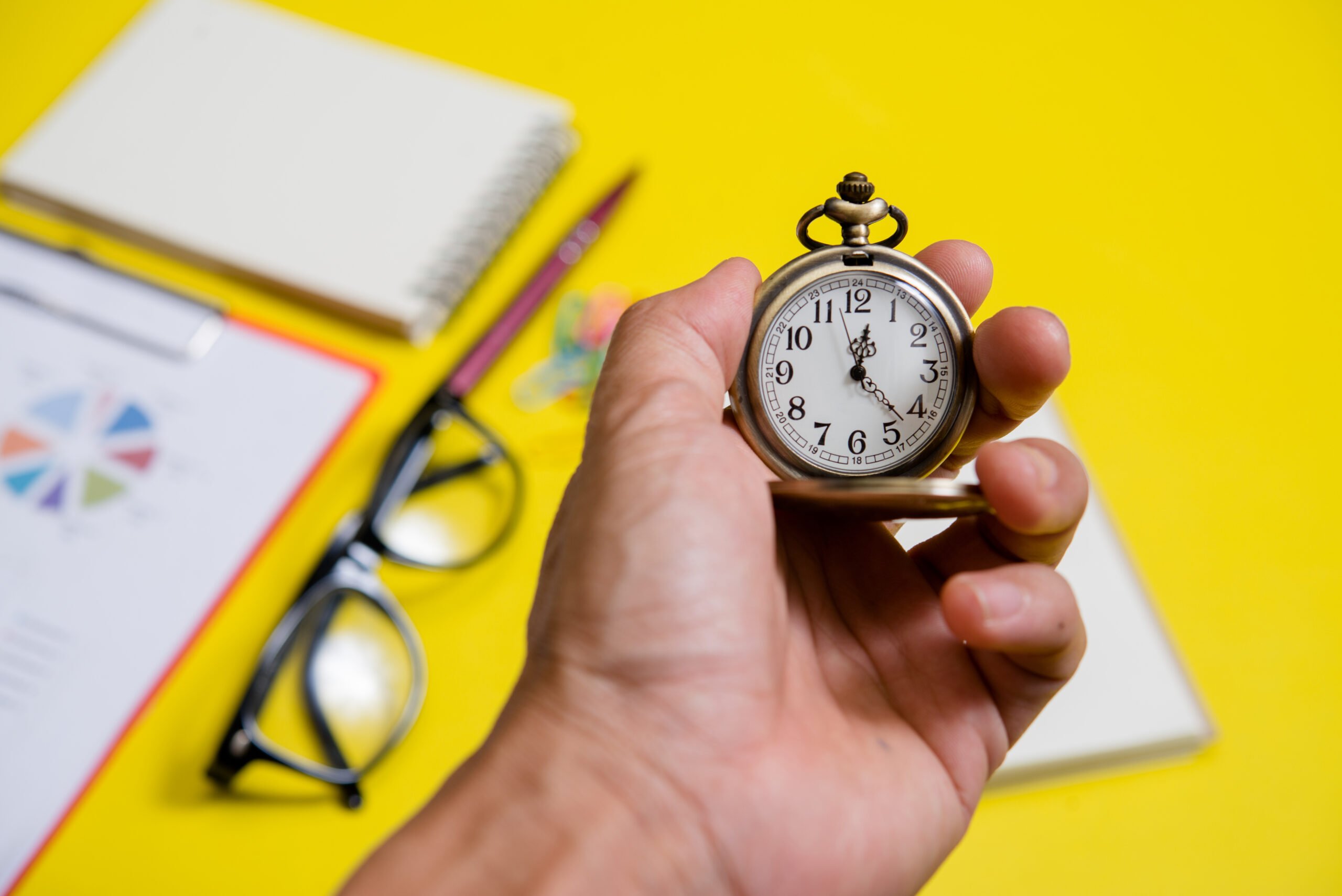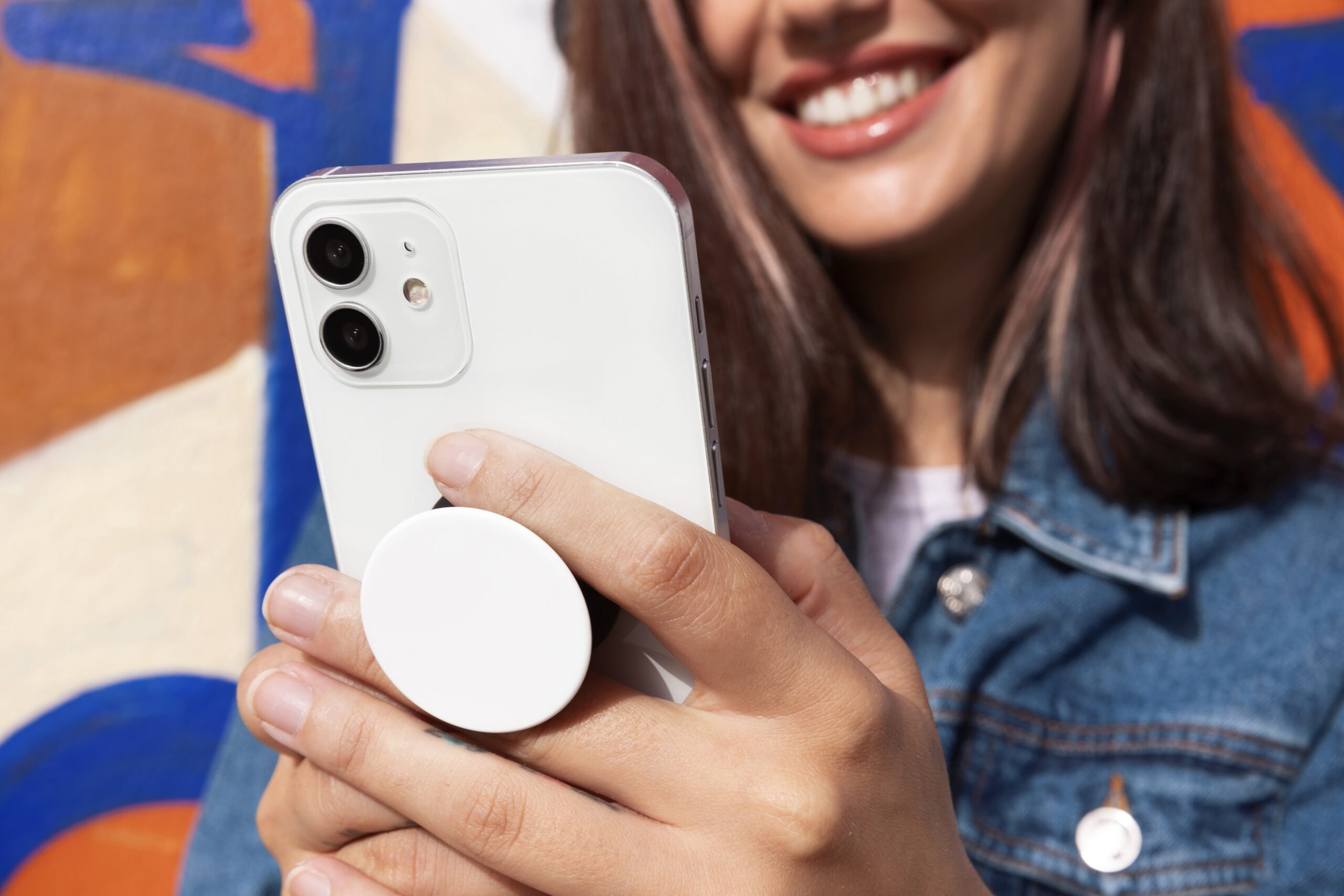- Updated on 5 July 2024
Have you ever found yourself cleaning the entire house, alphabetising your spice rack, or even randomly watching a documentary on the history of paperclips, all to avoid that one looming task?
You are not alone. In fact, if procrastination were a sport, many of us would be gold medallists!
Jokes aside, procrastination is a universal act we all engage in. For some, it happens occasionally; for others, it is a daily struggle.
However, putting things off is not just about being irresponsible or lazy.
Procrastination often has deeper roots. It might be tied to fears of feeling stuck, perfectionism, or even indecisiveness.
So, before you beat yourself up for binge-watching another series instead of tackling that task, remember: understanding the ‘why’ behind your procrastination is the first step to overcoming it.
In this article, we delve into some of the most common root causes of procrastination and, more importantly, provide you with scientifically backed strategies to overcome it.
With insight and support, you can swap that ‘laziness’ for a boost of productivity. And who knows? Maybe you will even find time to genuinely enjoy that paperclip documentary!
This Article Contains:
- What Is Procrastination?
- The Psychology of Procrastination
- Causes of Procrastination
- Present Bias
- Perfectionism
- Motivation
- Indecisiveness
- Procrastination and Mental Health
- Procrastination and Anxiety
- Procrastination and Obsessive-Compulsive Disorder (OCD)
- How to overcome Procrastination?
- Temptation Bundling
- Commitment Device
- 2-Minute Rule
What Is Procrastination?
Procrastination, simply put, is the act of delaying or postponing tasks. People who procrastinate often prioritise less urgent or more enjoyable activities.
While occasional procrastination is common, it becomes concerning when it evolves into a habitual pattern.
Almost 20-25% of adults globally identify as chronic procrastinators, as per a 2014 study.
Deep-seated issues like depression, anxiety, low self-esteem, and ADHD (attention deficit hyperactivity disorder) often intertwine with procrastination.
Furthermore, habitual procrastinators typically exhibit poor impulse control. This cycle of putting off things and then feeling guilty about it increases their anxiety.
The repercussions are not limited to mental well-being. Physical health takes a toll, too. Procrastinators, burdened by increased stress, frequently delay medical treatments.
This postponement can spiral into a cycle of deteriorating health, all stemming from the simple act of putting off tasks.
The Psychology of Procrastination
At the core of our actions lies self-control. It is the force that pushes us to start and complete tasks, even when they are challenging.
Simultaneously, motivation increases our self-control. When we are motivated, we find it easier to tackle tasks head-on and with enthusiasm.
However, sometimes, feelings like anxiety or the fear of failure creep in. These demotivating feelings can reduce our enthusiasm and hinder our progress.
Beyond our internal feelings, there are tangible obstacles too. Fatigue from a long day or the idea of a distant reward can make immediate tasks seem less appealing.
Therefore, procrastination sets in when the weight of demotivating feelings and external obstacles becomes too heavy.
It is like a seesaw; our drive to act diminishes when the challenges tip the balance.
That being said, procrastination is not permanent. Over time, as the balance between our motivation and challenges realigns, we find our momentum again and push forward.
Causes of Procrastination
Procrastination, a widespread behaviour, stems from multiple causes. While some might attribute it to mere laziness, the roots often run deeper, branching into both internal and external factors.
Internally, emotions like fear of failure or self-doubt can paralyse action. Externally, distractions or an unsupportive environment can reduce focus.
Understanding that several factors trigger procrastination is crucial to addressing and overcoming it.
Present Bias
At its core, present bias is our innate tendency to prioritise immediate rewards over future benefits.
Imagine the idea of a chocolate cake in front of you versus the distant promise of a healthier physique. The cake often wins, doesn’t it?
Similarly, when faced with a challenging task, the immediate comfort of scrolling through social media or indulging in a favourite TV show often overshadows the long-term satisfaction of task completion.
It is not merely about laziness; it is about our brain’s hardwired preference for now over later.
However, this bias is not just about pleasure. It is also about avoiding discomfort. The thought of confronting a difficult task can evoke feelings of inadequacy or fear of failure.
So, we avoid it and find comfort and pleasure in distractions that offer immediate gratification.

Perfectionism
Perfectionism is the relentless need to be flawless, often accompanied by overly critical self-evaluations.
This drive for the ‘perfect’ outcome can lead people to delay or even avoid tasks altogether, fearing that their efforts will not meet their own high standards.
For instance, a student might delay submitting an assignment, troubled by the thought of potential errors. Similarly, writers might hold back from sharing their manuscripts, dreading criticism.
This behaviour stems from perfectionistic concerns, characterised by an excessive preoccupation with others’ expectations, an irrational fear of making mistakes, and doubts about one’s abilities.
These concerns can be so overpowering that they overshadow the joy of accomplishment.
Motivation
Motivation can be broadly categorised into two types: intrinsic and extrinsic.
Intrinsic motivation arises from an individual’s internal desires, such as passion or personal satisfaction. Contrarily, external factors, like rewards or fear of punishment, are examples of extrinsic motivation.
How do these motivations influence procrastination? When intrinsically motivated, they are more likely to engage in a task because it aligns with their interests or values.
This often leads to increased focus and reduced procrastination. For instance, a person passionate about painting will rarely delay picking up the brush.
On the flip side, extrinsic motivation can be more complicated. While the idea of rewards or the threat of consequences can spur action, they can also induce feelings of anxiety, also known as Generalised Anxiety Disorder (GAD).
As a result, this anxiety can lead to avoidance behaviours, a prime example being procrastination. Imagine a student fearing repercussions of a poor grade; the pressure might cause them to delay starting their assignment altogether.
In essence, while intrinsic motivation typically reduces the likelihood of procrastination, extrinsic motivation can either deter or exacerbate it, depending on the individual’s response to external pressures.

Indecisiveness
Indecisiveness, often perceived as mere hesitation, has deep roots. Fear is usually the primary cause. The dread of making the wrong choice, facing criticism, or confronting failure can paralyse decision-making.
Trauma, too, plays its role. Past experiences, especially those that led to regret or pain, can make one second-guess every choice. This distrust in oneself, questioning one’s judgement, further fuels indecisiveness.
Neurodivergence, encompassing conditions like ADHD, which is often confused for laziness, and autism, can also influence decision-making processes. The brain’s wiring in such cases might lead to overthinking or difficulty in prioritising tasks.
However, how does this link to procrastination? Indecisiveness creates a mental roadblock. When you are unsure, taking action becomes overwhelming.
Gaining mental clarity of the situation at hand might become complicated, and procrastination becomes a routine during these situations.
Procrastination and Mental Health
Procrastination, while not a mental health condition, has undeniable ties to various psychological challenges. Research consistently reveals a connection between procrastination and conditions like depression, anxiety, and chronic stress.
The British Psychological Society notes that conditions such as ADHD and OCD (obsessive compulsive disorder) often exhibit procrastination as a symptom. The relationship between procrastination and mental well-being raises a question: Does mental distress lead to procrastination, or does habitual delay exacerbate mental strain?
While racing thoughts or fatigue might lead to putting off tasks, continual avoidance increases stress, spiralling into deeper mental health issues. Addressing procrastination through online therapy, therefore, becomes pivotal for overall well-being.
Procrastination and Anxiety
Procrastination is connected to anxiety in many ways. Anxiety creates a cycle that reduces productivity. At the heart of this is the fear of negative outcomes.
Imagine delaying a project submission, not because of laziness but due to the dread of not meeting one’s own high standards.
This is where anxiety-driven perfectionism comes into play. Individuals trapped in this cycle believe it’s not worth doing a task unless the work is impeccable.
Moreover, the sheer weight of expectations, both self-imposed and external, can lead to a feeling of being overwhelmed. This sensation is a barrier, making even the first step seem impossible.
So, instead of diving into tasks, one might find themselves paralysed, unsure where to start.
Breaking this cycle requires recognising the root cause: anxiety. By addressing this underlying issue, whether through online anxiety counselling or self-awareness techniques, one can pave the way to a more productive and less stressful life.
Procrastination and Obsessive-Compulsive Disorder (OCD)
Procrastination, when intertwined with obsessive-compulsive disorder (OCD), presents a multifaceted behavioural challenge. For individuals diagnosed with OCD, procrastination is not merely a delay tactic; it is often a manifestation of deeper psychological concerns.
One primary factor is perfectionism, frequently observed in those with OCD. This is not the constructive pursuit of excellence but a paralysing fear of committing errors.
The underlying rationale is clear: by not commencing a task, one eliminates the possibility of making mistakes.
Furthermore, the concept of avoidance is pivotal in understanding this relationship. Within the context of OCD, avoidance can be categorised as a compulsion. Affected people might either circumvent situations that could exacerbate their OCD symptoms or delay confronting them.
This behaviour is closely linked to indecision, another characteristic prevalent among those with OCD. The burden of ensuring the ‘correct’ decision often becomes so overwhelming that it leads to a preference for deferral or complete avoidance of the task.
People with OCD can try therapy online to cope with these symptoms.
How to overcome procrastination?
You can overcome procrastination by improving your self-awareness and action plan. We often dream of achieving great things – but the only reason we fail to form a habit or finish a task is because there is not enough planning.
Remember, planning is directly related to positive and guaranteed results.
Some of the ways you can create effective methods for yourself include:
Working on a task for only 10 minutes. The short duration may seem like it adds up to nothing; however, in the long run (say a few months), you will shift from procrastinating to forming an effective habit. Small steps can lead to great results!
Breaking down your tasks into smaller bite-sized to-dos. You can maintain a separate column to list the major tasks, which will give you a bigger picture of what you need to complete in a day or a week. However, create another column to break down the ‘giant’ tasks into smaller steps. Ticking off multiple checkboxes and seeing your progress in real time can make you feel accomplished!
Changing your environment. Working in a cluttered area can distract you. For example, if you work in the dining room and have too many snacks, you would probably munch on them instead of finishing your task. Hence, it’s important to allot specific areas in your house (or workplace) to specific tasks.
In the next few sections, we share detailed information about scientific tools you can implement in your life to overcome procrastination!
Temptation Bundling
Temptation building, rooted in the psychology theory known as Premack’s Principle, is an ingenious method to motivate oneself.
Professor David Premack’s principle suggests that behaviours we are more inclined to do can be used to reinforce those we are less inclined to do.
In simpler terms, if you dread a task, like sorting out a pile of paperwork, you are more likely to tackle it if it means you get to indulge in something you love afterwards!
Crafting Your Temptation Building Strategy
To effectively implement temptation building, begin by sketching out a two-column list:
Column one: Jot down activities you genuinely enjoy or are tempted to indulge in.
- Column two: List tasks you know you should be doing but often postpone.
Try to list down as many tasks as possible in both columns. Once you have populated both columns, it is time to pair a ‘want’ activity (eg something you enjoy) from the first column with a task you ‘should’ do (eg those that are not your favourite).
The goal is to use the former task as a reward to entice you to complete the latter.
For instance, if you are a fan of a particular podcast, promise yourself an episode only after you have spent an hour on a task you have been avoiding.
Or perhaps you love a particular café; treat yourself to their speciality only after completing a challenging work assignment.
Examples of Temptation Building
The below examples have two paired tasks: one that might be a ‘want’ task and the other that might be a ‘should’ task.
Fitness (should) and TV (want): Commit to only watching your cherished TV series while on the treadmill or stationary bike.
Meeting (should) and Dining (want): Reserve visits to your favourite eatery for when you need to have those challenging business discussions.
Cleaning (should) and Relaxation (want): Only allow yourself a luxurious bath after you have tackled a portion of your house cleaning.
The brilliance of temptation building is that it does not just stop at pairing two activities. It can seamlessly integrate with other productivity techniques, such as habit stacking.
This involves creating a sequence of actions, where one habit naturally leads to the next. For example:
“After I finish my morning meditation, I’ll draft that report I’ve been postponing.”
“Once the report is done, I’ll reward myself with an episode of my favourite drama.”
The underlying hope is that, over time, the line between what you ‘need’ to do and what you ‘want’ to do blurs. The anticipation of the reward makes the task at hand seem less daunting.
Commitment Device
Procrastination, the act of delaying tasks, is a self-regulation problem that many grapple with. It is not just about the fear of failure; any aversive emotion can trigger it.
While it offers temporary relief, it often culminates in negative emotions like guilt and shame. However, the commitment device is a tool that can help you overcome procrastination.
A commitment device is an arrangement that makes certain future choices more expensive, thereby limiting them.
For it to qualify as a commitment device, it must meet two conditions.
Firstly, an individual would willingly pay (either literally or figuratively) something now to make future choices more ‘expensive’, even if there were no other benefits.
Secondly, the arrangement should not have a strategic purpose concerning others.
In essence, commitment devices are pre-commitments that individuals make to themselves to achieve a goal, even when faced with temptations or distractions.
Implementing a Commitment Device
So, how does one implement a commitment device? Let’s delve into the step-by-step process:
Identify the goal: Before anything else, clearly define what you are trying to achieve. Whether completing a project, losing weight, or saving money, having a clear goal is important.
- Recognise the temptations: Understand what usually sidetracks you from your goal. Is it social media, comfort food, or impulse shopping? Recognising these temptations is crucial.
Design the device: Now, create a mechanism that makes giving in to these temptations more ‘costly’. For instance, if you are trying to reduce screen time, you could use apps that block social media during work hours.
- Commit publicly: Sharing your goal and your commitment device with friends or family can increase accountability. They can remind you of your commitment when you are procrastinating.
Review and adjust: Regularly evaluate the effectiveness of your commitment device. If it is not working as intended, tweak it or try a different approach.
2-Minute Rule
The essence of the 2-Minute Rule is that starting a new habit or task should take less than two minutes to do.
For instance, if your goal is to read before bed each night, scale it down to “Read one page.” If you aim to do thirty minutes of yoga, begin with “Take out my yoga mat.”
The objective is to simplify the task to such an extent that it becomes almost trivial to start.
Examples of the 2-Minute Rule
“Study for class” becomes “Open my notes.”
“Fold the laundry” turns into “Fold one pair of socks.”
“Run three miles” is reduced to “Tie my running shoes.”
The underlying idea is to make the beginning of a habit as effortless as possible. Once you have initiated the right action, continuing becomes much more manageable.
These initial two minutes are a ‘gateway habit’ that sets you on a more productive trajectory.


Why Does the 2-Minute Rule Work?
You might wonder, why bother with just reading a page or tying your shoes? The magic lies not in the completion of the task but in the act of showing up. As proven by research, showing up is already 80% of the accomplishment.
Establishing a habit is the first step; refining and expanding it comes later. This is because – if you find starting a task difficult in the first place, executing and maintaining it becomes extremely difficult.
By ritualising the start of a process, you pave the way for deep focus. For instance, by doing the same warm-up before every workout, you condition your brain to carry out the actual workout every time you do the warm-up.
Some might argue that the 2-Minute Rule is just a psychological trick, and if you are aware of it, why would it work? If it feels too contrived, here is a twist: genuinely stop after two minutes.
Go for a run, but halt after two minutes. Meditate, but stop after two minutes.
Try to alternate between stopping the habit after precisely two minutes and forcing yourself to continue for even more effective results.
The point is that, like how it is hard to start a task, once we actually do it for two minutes, our brain gets used to being in the ‘active mode’, and eventually, we might feel uncomfortable and annoyed to stop right after 2 minutes.
The Power of Identity Reinforcement
Another reason this strategy is effective is its ability to reinforce the identity you aim to build.
If you consistently show up at the gym, even for just two minutes, you reinforce your identity as someone who works out.
It is not about the workout itself but becoming the type of person who never misses one. By taking the smallest action, you affirm the kind of person you aspire to be.
In a world obsessed with end goals, it is easy to forget the power of small steps. But remember, one push-up is better than none. One minute of reading is better than never touching a book (albeit only if these are your personal goals).
It is always more fruitful to do a tad less than you hoped than to do nothing at all!
In conclusion, try the 2-Minute Rule or other habit-building strategies, or seek therapy whenever you struggle with a habit or task. These are scientifically proven and potent tools that can help you overcome procrastination.
Takeaway
Simply put, procrastination is delaying or postponing tasks. While procrastinating occasionally is common, it becomes a concern when it becomes a habit.
Studies show that about 20-25% of adults globally are chronic procrastinators, often linked with issues like depression, anxiety, low self-esteem, and ADHD. Poor impulse control is also a common trait among habitual procrastinators, which may lead to increased stress and anxiety.
Procrastination is also associated with mental health issues like anxiety and OCD. However, using strategies in therapy, such as starting a task for just 2 minutes, rewarding yourself for your work, and keeping yourself accountable to someone, can help you overcome procrastination.









